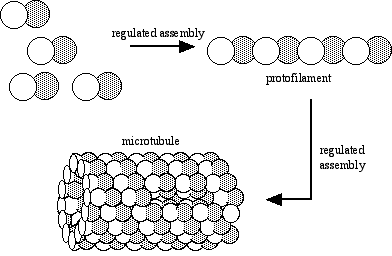Right, you need microtubules, according to Hameroff. Pyramids of microtubules form memory modules.
Nope. All you need are matchboxes. (Or some silicon.)
Again, do you think your point is reinforced by saying things that are completely wrong? You seem to think that repetition increases the value of your incorrect statements.
I did not say that. I said neurons are not necessary for fundamental computing abilities in simple organisms. But microtubules are.
Matchboxes do not have microtubules. But they can learn.
NPU's do not have microtubules. But they can learn.
Bacteria do not have microtubules. But they can learn.
====================
Scientists Show Bacteria Can 'Learn' And Plan Ahead
Date:
June 18, 2009
Source:
Weizmann Institute of Science
Summary:
Scientists have shown that microorganisms can "learn" through evolution to anticipate upcoming events and prepare for them.
Bacteria can anticipate a future event and prepare for it, according to new research at the Weizmann Institute of Science. In a paper that appeared June 17 in
Nature, Prof. Yitzhak Pilpel, doctoral student Amir Mitchell and research associate Dr. Orna Dahan of the Institute's Molecular Genetics Department, together with Prof. Martin Kupiec and Gal Romano of Tel Aviv University, examined microorganisms living in environments that change in predictable ways.
====================
Incorrect, IMO, microtubules are the biological equivalent of the microchip. AI uses microchips, NI (natural intelligence) uses microtubules.
What function of a neural network is replicated in a microtubule?
Can you suggest a better existing model, other than a blanket "neurons cause consciousness" ? How about, "the brain causes consciousness". There, end of story. But then we have that sticky problem with parmecia which don't have brains...
You just stated something incorrect, said "that's incorrect" and then thought that you made some sort of point.
So far pretty much everything you stated has been completely incorrect. You really need to learn a little bit about what you are talking about before you post and make a fool of yourself.











